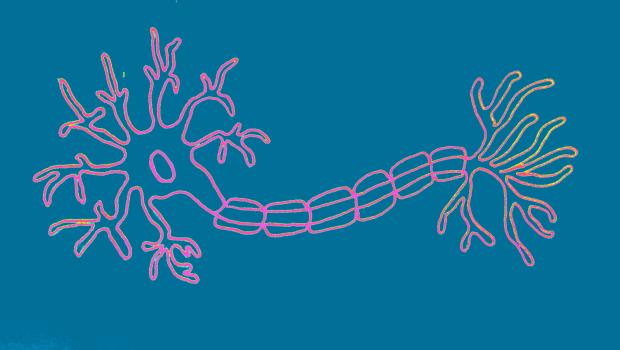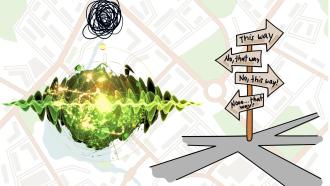
Photo: Vidisha Kulkarni/Research Matters
The brain is perhaps one of the most complex machines that evolution has created and without a doubt, the most efficient and versatile computer in existence today. The human brain can perform a mind boggling one thousand trillion (1 followed by 15 zeroes) logical operations per second, consuming a paltry 20 watts of energy in the process. To do this, the brain uses close to 100 billion neurons, or nerve cells, arranged in a complex architecture that scientists are still deciphering. The nervous system as a whole extends beyond the brain, as a network of electrical connections that innervate the entire body, constantly transmitting information to and from the decision making centres in the brain.
One of the most fascinating areas of study in neuroscience is neurogenesis – the development of neurons and the nervous system. While many aspects of neurogenesis are known, the field is still nebulous, with many unanswered questions regarding how an embryo develops different kinds of nervous tissues, and the biological processes behind neuronal development. Now, scientists at the Indian Institute of Science, Education and Research (IISER), Pune, have discovered a key mechanism that regulates the development of neurons and sensory organs in the common fruit fly (Drosophila melanogaster).
In a research article published in the journal Development, Professor L.S. Shashidhara and his team at IISER, Pune, have uncovered a key regulator of ‘Notch’, a protein that is involved in neurogenesis, through a process called lateral inhibition. Underscoring the importance of this discovery, Prof. Shashidhara says, “Lateral inhibition is ‘the’ mechanism of generating neurons, which means the brain itself. During development, when a single-cell embryo divides and organises itself, the ectoderm (the outermost layer of cells or tissue of an embryo), because of Notch function, divides into epidermis (skin) and the nervous system”. Figuring out how Notch is regulated is a big step towards understanding the formation of nervous tissue.
‘Notch’, the central player involved in the development of the nervous system, is a receptor protein that sits on the cell membrane. When activated by a specific signal, this receptor prevents cells around it from receiving or responding to the same signal, in a process called ‘lateral inhibition’. This leads to specification of a unique cell (in this instance, a progenitor of neurons), surrounded by many identical cells. Through lateral inhibition, a single layer of embryonic cells can develop into manifold structures that look and function poles apart from their precursors.
Prof. Shashidhara’s team have discovered a molecule that controls Notch, and thereby effectively orchestrates the formation of the hair like sensory bristles that cover the entire body of the fly. The molecule, called drosophila Ataxin-2 binding protein-1 or dA2BP1, has a human counterpart which is implicated in complex neuronal disorders such as spinocerebellar ataxia -- a hereditary neurodegenerative disorder that results in gradual loss of movement, limb coordination and in most cases, death.
Using a variety of genetic, cell biology and biochemical techniques, the group has shown that dA2BP1 directly binds to the Notch protein, and is essential for Notch to carry out its functions. Removal of dA2BP1 increased the number of sensory bristles on the fruit fly and increasing the levels of dA2BP1 resulted in a severe loss of bristles as well as the bristle forming precursor cells.
The implications of this study are far reaching. Apart from providing scientists with an improved view of the neurogenesis process, the discovery of dA2BP2 as a Notch regulator brings us one concrete step further to understanding and hopefully reversing neurodegenerative disorders. “As function of Notch signalling is similar across organisms – from Drosophila to humans, and Notch is implicated in many diseases, its functional understanding also helps in understanding diseases”, signs off Prof. Shashidhara.






